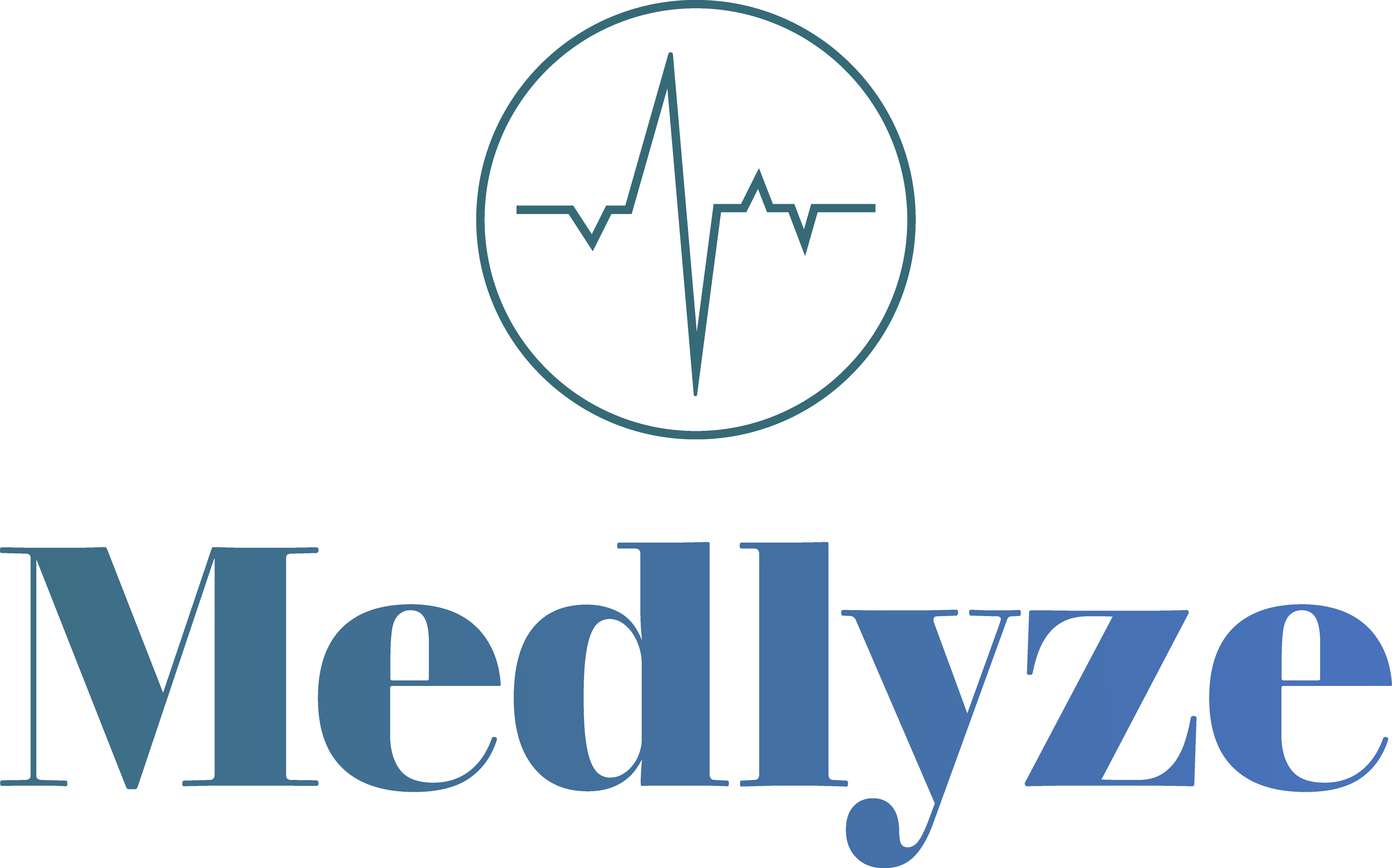For many years, the healthcare sector has been the center of heated discussions. One of the most...
How Hospitals Can Use Price Transparency Data to Improve Contracts
Hospital finance executives face the challenge of balancing the financial needs of their institution with the needs of patients and the healthcare industry as a whole. One of the most important ways they can meet this challenge is through effective contracting with health insurance companies.
This can be a difficult task, as there are many factors to consider and negotiations can be complex. Fortunately, price transparency data can help hospital finance executives improve their contracting with health insurance companies in several ways. By using data and analytics, hospital CFOs and their teams can gain a better understanding of the healthcare market, identify key trends and patterns, and make a more informed negotiating strategy with health insurance companies.
Market insights
One of the most important ways data and analytics can help hospital finance executives is by providing them with insights into the healthcare market. This can include information on the number of patients in a certain area, the types of procedures and treatments that are in demand, and the costs of these procedures. For example, they can use data to identify which procedures are becoming more popular and which ones are becoming less popular.
By understanding the healthcare market, hospital finance executives can make more informed decisions about which health insurance companies to contract with and what types of services to offer. This can help them make more informed decisions about which services to offer and which health insurance companies to contract with.
Negotiating positioning
Data and analytics can also help hospital finance executives improve their negotiation skills. For example, they can use data to identify which health insurance companies are offering the best reimbursement rates and which ones are most likely to negotiate.
Price Transparency data provides key insights here. Comparative data on billing rates can provide valuable insights into the reimbursement rates that insurance companies have negotiated with competitor providers. By benchmarking these rates against their own, hospital finance executives can gain a better understanding of the competitive landscape and identify opportunities for improvement.
For example, if a hospital finance executive sees that a competitor is receiving significantly higher reimbursement rates for a certain procedure or treatment, they can use this information to negotiate better rates with their own insurance providers. By identifying these areas, hospital finance executives can work to negotiate better rates with insurance providers or make changes to their own pricing strategy to improve revenue. Additionally, price transparency data can be used to identify any disparities in reimbursement rates between different patient populations. This can help hospital finance executives to identify any discrimination or inequalities that might be present in their contracts with insurance companies and take action to correct them.
Favorable contract terms
By having data and analysis at their fingertips, hospital executives can make a more compelling case for why their institution deserves higher reimbursement rates and more favorable contract terms. Understanding the market for pricing healthcare services and identifying key trends and patterns, hospital executives can be better equipped to negotiate with health insurance companies and get the best possible deals for their institution.
In summary, data and analytics, particularly Price Transparency data, can be a powerful tool for hospital finance executives in their efforts to improve contracting with health insurance companies. By providing insights into the healthcare market, identifying key trends and patterns, and benchmarking reimbursement rates, they can negotiate better deals and ensure the financial stability of their institution while providing the best possible care to patients. As healthcare industry becomes more and more data-driven, it's essential for hospital finance executives to have access to and know how to use this type of data to make strategic decisions.
